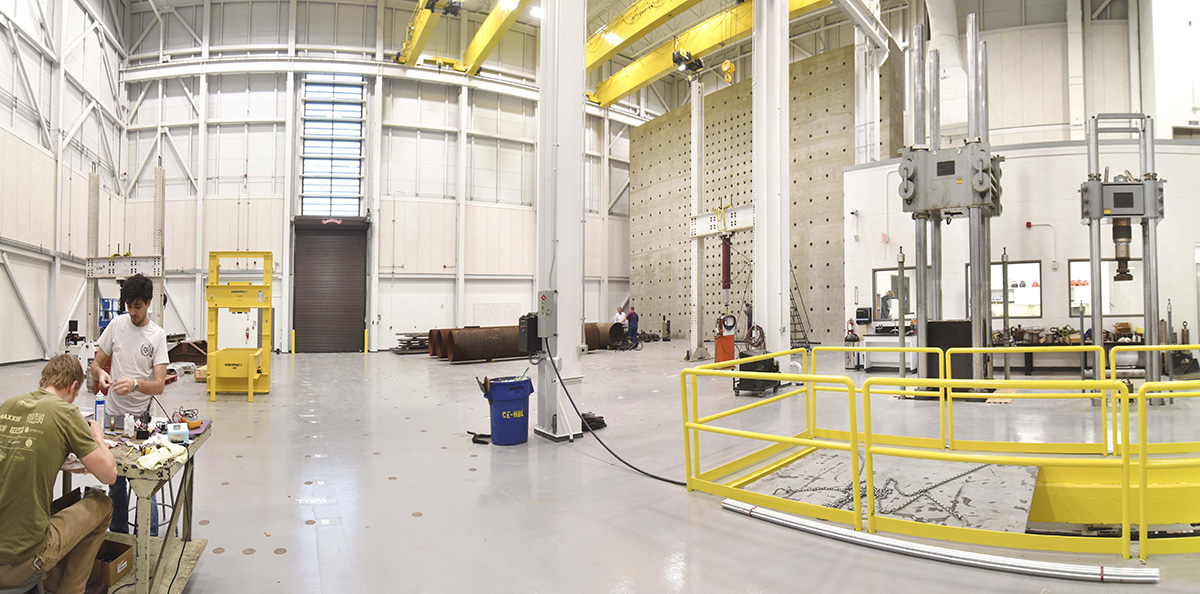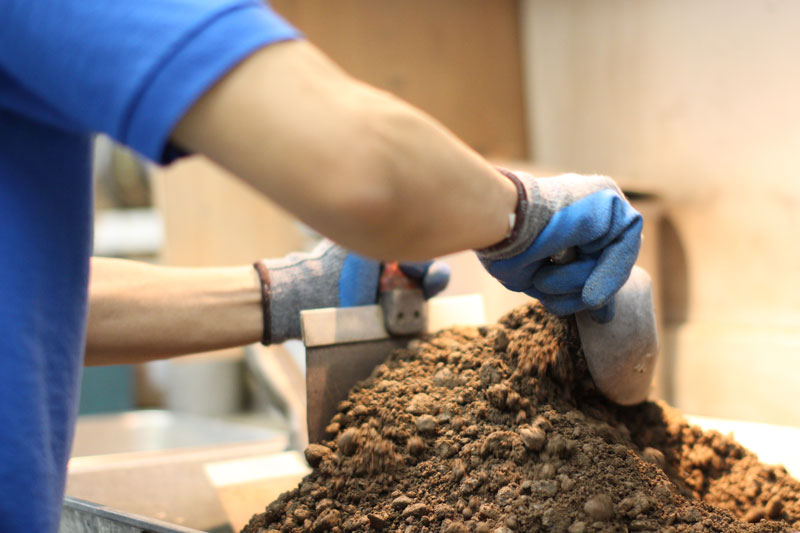Material Testing Lab Solutions: Accuracy, Precision, and Efficiency Guarantee
Wiki Article
Exploring the Globe of Product Testing and Evaluation
Product screening and evaluation plays a vital duty in numerous industries, from producing to building. It entails an organized evaluation of various products to identify their properties, performance, and reliability. By utilizing a variety of strategies, such as non-destructive and harmful tests, specialists are able to uncover valuable understandings about the habits and characteristics of products. In addition, the tools made use of in material testing have evolved dramatically, allowing engineers and researchers to obtain a much deeper understanding of the materials they deal with. In this discussion, we will certainly explore the value of material testing, explore common methods and tools, go over applications throughout sectors, and highlight arising trends that are shaping the future of this area.Importance of Material Screening
Material testing is an essential element of the design and manufacturing industries, ensuring the quality, dependability, and security of materials made use of in various applications. The significance of product testing can not be overemphasized, as it plays a crucial function in guaranteeing the efficiency and long life of structures and products.Among the main factors for performing product testing is to evaluate the mechanical buildings of products. This includes determining their stamina, flexibility, longevity, and hardness. By subjecting products to numerous mechanical tests, designers can accurately examine their viability for certain applications and ensure they fulfill the needed requirements and standards.
One more essential facet of material testing is the recognition of prospective problems or defects. By employing non-destructive testing strategies such as ultrasonic testing or visual evaluation, makers can detect any kind of flaws that could jeopardize the structural honesty or performance of the products. This assists in stopping expensive failures, crashes, and prospective liabilities.
Additionally, product testing likewise enables the evaluation of material behavior under different ecological problems. Factors such as temperature level, moisture, and destructive environments can significantly influence the performance and life expectancy of materials. By subjecting them to environmental testing, designers can examine their resistance to such conditions and make notified decisions concerning their viability for certain applications.
Usual Techniques in Product Evaluation
Various strategies are commonly utilized in the analysis of products to establish their residential properties and features. These strategies play an essential function in recognizing the actions and performance of products in various applications.One more widely utilized technique is spectroscopy, which entails the interaction of materials with electromagnetic radiation. Infrared spectroscopy can determine the practical groups present in a product, while ultraviolet-visible spectroscopy can establish its optical homes. X-ray diffraction is one more effective technique that allows researchers to assess the crystal framework of products and identify their stages.
Thermal analysis is likewise frequently employed to examine the thermal actions of products. Differential scanning calorimetry, as an example, can determine the melting factor and warmth capability of a material, while thermogravimetric analysis can gauge its weight loss as a feature of temperature.
Additionally, mechanical testing is necessary to understand the mechanical buildings of products. Strategies such as tensile screening, solidity testing, and impact screening offer important info regarding a product's rigidity, strength, and durability.
Devices Made Use Of in Material Testing
A range of specialized tools and tools is utilized in product screening to properly evaluate the homes and actions of different materials. These devices are vital for conducting experiments and acquiring reputable information in different markets, including aerospace, auto, building, and production.Among the most typical tools used in material screening is the global testing machine (UTM) This device uses controlled pressures to a product sampling and measures its feedback, such as tensile toughness, return strength, and prolongation. Another crucial instrument is the firmness tester, which identifies a material's resistance to imprint or penetration. Various sorts of solidity examinations, such as Rockwell, Brinell, and Vickers, are carried out relying on the product and its properties.

Moreover, thermal evaluation devices, including differential scanning calorimeters (DSC) and thermogravimetric analyzers (TGA), are used to examine the thermal residential or commercial properties and behavior of products, such as melting points, glass changes, and disintegration temperatures.
Applications of Material Screening and Evaluation
To totally utilize the useful information acquired via the usage of specialized tools and tools in material screening, it is important to check out the variety of applications where this evaluation can be used. Material screening and analysis play an important function in different markets, consisting of aerospace, vehicle, building, and manufacturing.In the aerospace industry, product screening and evaluation are utilized to ensure the safety and security and reliability of aircraft elements. material testing lab. By subjecting materials to severe conditions, such as high temperatures and stress, engineers can assess their performance and make informed choices concerning their suitability for usage in aircraft
In the automotive sector, product screening and analysis are employed to Read Full Article boost the durability and performance of vehicles. By evaluating the buildings of various products, suppliers can establish stronger and lighter elements, causing improved gas effectiveness and overall vehicle efficiency.
In the building sector, material testing and evaluation are utilized to guarantee the architectural honesty of structures and framework - material testing lab. By analyzing the stamina and resilience of building and construction materials, engineers can develop frameworks that can withstand different lots and ecological conditions, making certain the security of owners
In the manufacturing sector, material testing and evaluation are vital for high quality control functions. By evaluating the properties of basic materials and finished items, producers can identify any type of weaknesses or flaws, allowing them to make needed improvements and provide premium items to consumers.
Future Trends in Product Testing and Evaluation
Arising technologies are reshaping the area of product testing and analysis, reinventing the means industries review and enhance the performance of materials. As innovation my website proceeds to advance, new patterns are arising that are anticipated to even more boost the capabilities of product testing and evaluation.One of the crucial future trends in product screening and evaluation is making use of expert system (AI) and artificial intelligence (ML) algorithms. These innovations can assist in automating the analysis process, enabling for faster and much more exact results. AI and ML can likewise help in determining patterns and patterns in large datasets, making it possible for scientists to make more enlightened decisions.
One more fad is the advancement of advanced non-destructive screening (NDT) techniques. NDT approaches, such as ultrasonic testing and thermal imaging, are becoming extra innovative, allowing for the discovery of defects and flaws in materials without the requirement for damaging testing. This not just conserves time and resources yet likewise makes sure the stability of the examined products.
In addition, there is a growing rate of interest in nanotechnology and its effect on product screening and evaluation. Nanomaterials display distinct buildings that differ from their mass equivalents, and specialized methods are being created to examine and identify these materials at the nanoscale.
Verdict
In final thought, material screening and evaluation is a crucial facet of various industries and study areas. As modern technology proceeds to breakthrough, future fads in product screening and analysis are expected to even more enhance precision, performance, and innovation in this field.
Report this wiki page